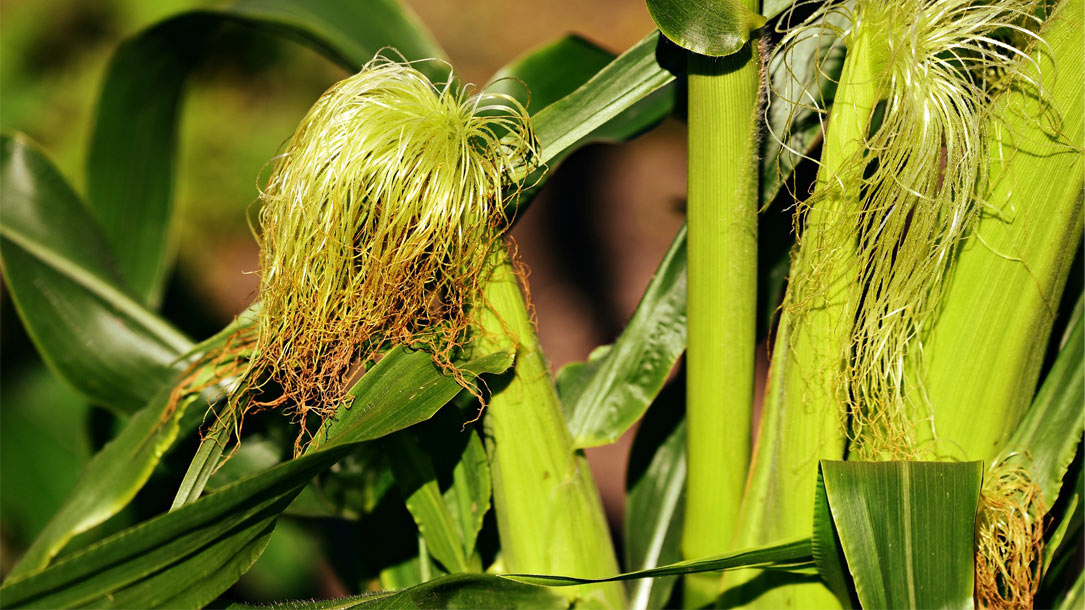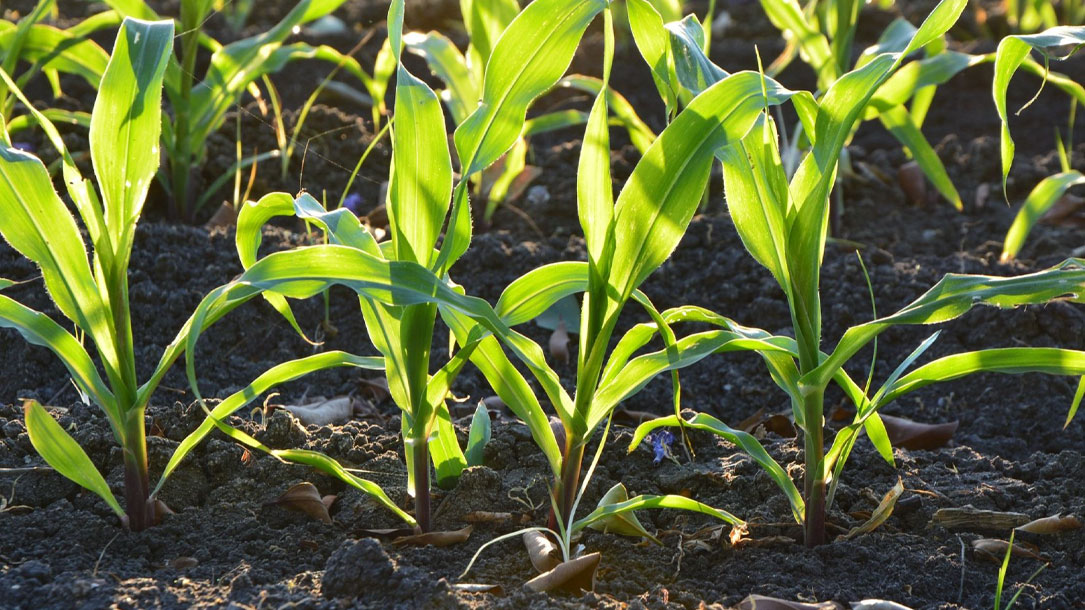Home > Climate News >

SunCommon financing program helps Vermont organic farmers go solar
SunCommon, headquartered in Waterbury, Vermont, launched a program that offers to help Organic Valley farmers go solar with zero upfront costs. Organic Valley is the largest farmer-owned organic cooperative in the US with a footprint of 100+ Vermont farms. The program provides Organic Valley farmer-members with financing for solar and other renewable energy projects. Farmers benefit from a fully-funded solar installation with no upfront costs, and they save on their energy bill…

The effects of defaunation on plants’ capacity to track climate change
Most plant species depend on animals to disperse their seeds, but this vital function is threatened by the declines in animal populations, limiting the potential for plants to adapt to climate change by shifting their ranges. Using data from more than 400 networks of seed dispersal interactions, Fricke et al. quantified the changes in seed disposal function brought about globally by defaunation.

Keeping trees in the ground where they are already growing is an effective low-tech way to slow climate change
Mature trees that have reached full root, bark, and canopy development deal with climate variability better than young trees. Older trees also store more carbon. Old-growth trees, which are usually hundreds of years old, store enormous quantities of carbon in their wood, and accumulate more carbon annually…

Soil organic carbon pools in the northern circumpolar permafrost region
The Northern Circumpolar Soil Carbon Database was developed in order to determine carbon pools in soils of the northern circumpolar permafrost region. The area of all soils in the northern permafrost region is approximately 18,782 × 103 km2, or approximately 16% of the global soil area. In the northern permafrost region, organic soils (peatlands) and cryoturbated permafrost-affected mineral soils have the highest mean soil organic carbon contents…

The extent of soil loss across the US Corn Belt
“Soil erosion in agricultural landscapes reduces crop yields, leads to loss of ecosystem services, and influences the global carbon cycle. Despite decades of soil erosion research, the magnitude of historical soil loss remains poorly quantified across large agricultural regions because preagricultural soil data are rare, and it is challenging to extrapolate local-scale erosion observations across time and space…”

The corn belt is losing topsoil, increasing carbon emissions, and lowering yields
Scientists have found that around 35 percent of the region has lost its most fertile A-horizon soil, more commonly known as topsoil, since European colonization in the 1600s, resulting in estimated annual economic losses of around $2.8 billion and a 6 percent reduction in crop yields per year. Their findings are published in the Proceedings of the National Academy of Sciences….
“A third of the Midwest is currently losing 50 percent of its fertilizer,” Bruno Basso, a professor at Michigan State University, who was not involved in the study, said…

Some surprising aspects of climate change on eastern U.S. forests
Forest composition in the eastern U.S. has been changing quite dramatically during the last century. The main change has been an increase in shade tolerant and mesophytic (middle moisture) trees, such as red maple (the #1 increaser), followed by black birch, tulip poplar, blackgum, and others. These increases have been to the detriment of oak, hickory, and pine trees. My research has found that one of the main drivers of this change is the suppression of fire, starting with Smokey Bear legislation in the 1930s.
Greenhouse gases and climate change have impacted eastern forests’ fall colors in various ways…

Numb to the World
On August 1 1955, a telling photograph was featured in Life magazine. The photograph depicted cans, frozen foods containers, disposable diapers, garbage bags, and a paper tablecloth falling from the sky like rain onto a smiling couple who were raising their arms towards the tumbling sea of trash. The caption underneath the photo read, “Throwaway living: disposable items cut down household chores.” The photograph reflected a paradigm shift away from the pre-World War II ‘waste not want not’ philosophy of living and toward a more wasteful zeitgeist.

An integrated approach to land management
MNL developed the Conservation Grazing Program in order to provide the most ecologically comprehensive land management services in the region. Through the planned impact of livestock grazing, we provide an additional tool for land managers on large and small tracts of land, both public and privately owned, to achieve ecological goals.

Air pollution makes it harder for pollinators to find plants
A field trial found that levels of nitrogen oxides and ozone similar to those near roads led to a 70 per cent drop in the numbers of bees and butterflies on mustard plants…












